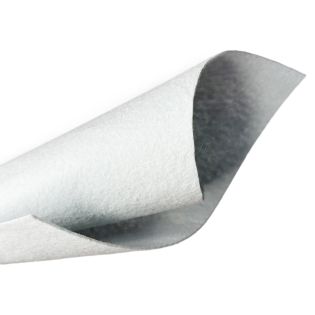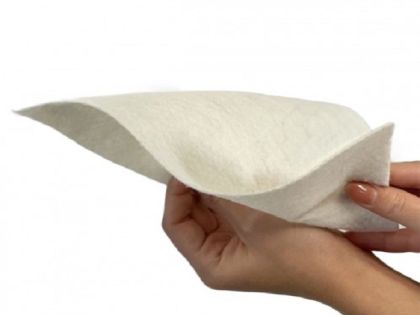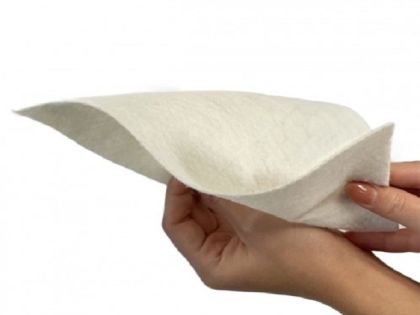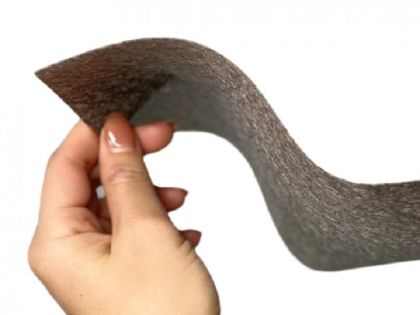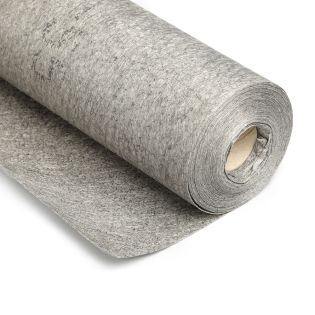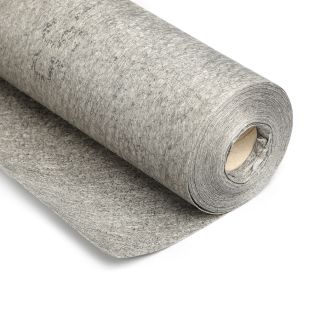Geotextile for inverted roofing
Drainage is the natural or artificial drainage of wastewater or groundwater. The drainage layer in the device of inversion roofs is a necessary element that provides protection of the insulation layer. It passes moisture, but prevents sand and soil from entering the insulation layer, and protects it from mechanical damage. Geotextile copes well with this task.
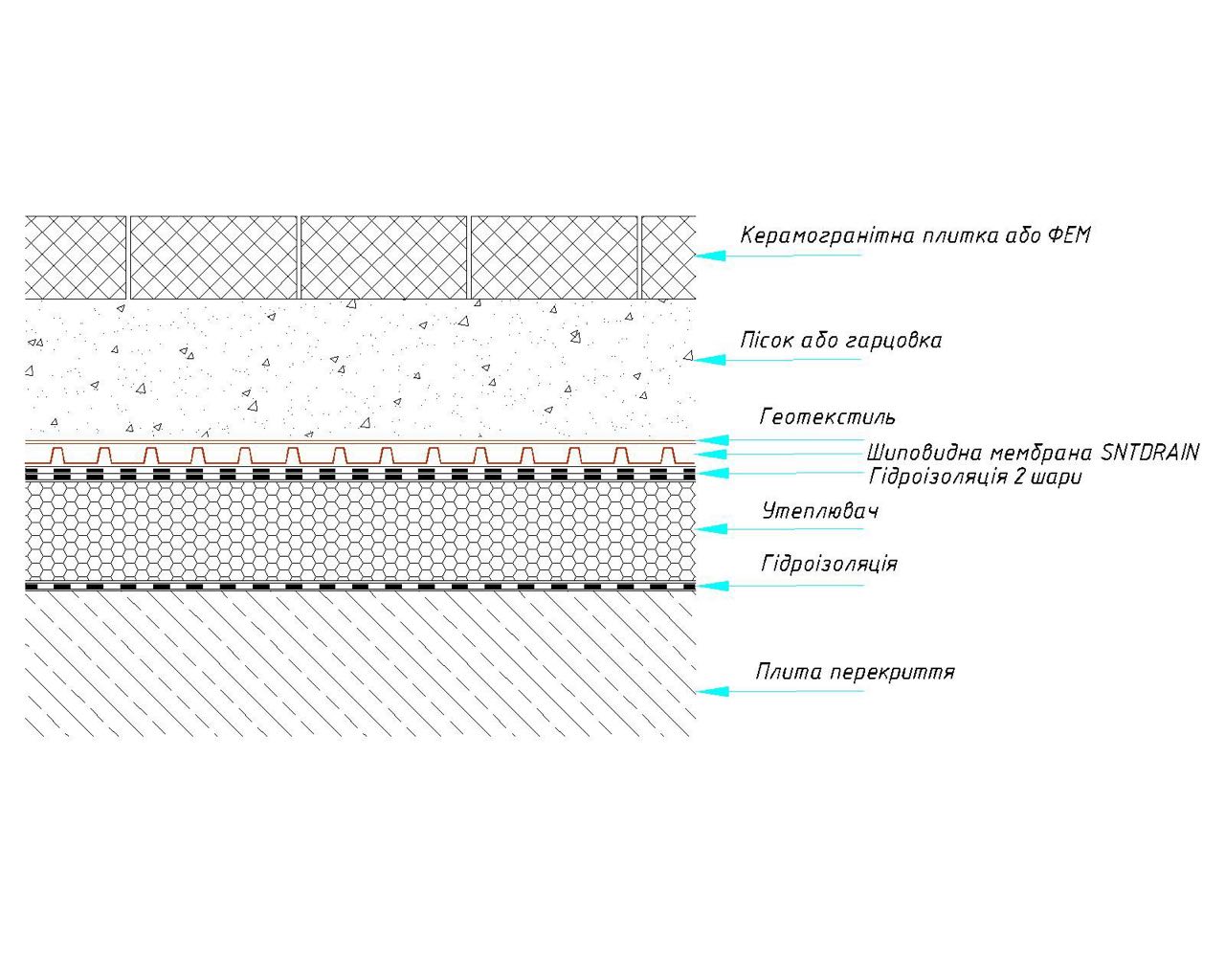 The main property of drainage systems is the preservation of culvert characteristics for a long time, being under high pressure of the upper layers. Geotextile has unique hydraulic properties. It removes excess water from the structure not through the material, but by directing it along the surface. Thermally bonded geotextile (density 150g/m2) serves as a filter when creating a drainage layer, distributing the load over the entire area of the spiked membrane, which allows you to create durable structures of operated inversion roofs.
The main property of drainage systems is the preservation of culvert characteristics for a long time, being under high pressure of the upper layers. Geotextile has unique hydraulic properties. It removes excess water from the structure not through the material, but by directing it along the surface. Thermally bonded geotextile (density 150g/m2) serves as a filter when creating a drainage layer, distributing the load over the entire area of the spiked membrane, which allows you to create durable structures of operated inversion roofs.
For the first time, the technology of the inversion roof device was applied in the USSR in the middle of the twentieth century. Technologies with a bulk layer of soil and grass are known as PMR and IRMA. PMR stands for protected membrane roof, and IRMA stands for inverted roof membrane assembly. In both cases, the drainage layer is completely (although this is not always observed during installation) adjacent directly to the supporting structure of the roof, and the thermal insulation layer and the bulk layer (prancing) are located above it.
Please note that drainage is necessary to prevent waterlogging of the layer of extruded polystyrene foam (XPS) located above it.
Advantages of the systems:
- drainage is also a vapor barrier layer
- the membrane protects against factors that destroy most of these structures, such as heat, cold, ultraviolet radiation and external mechanical damage
- a fully adjacent membrane layer will serve to insulate the roof.
With proper design and installation, the membrane will not be exposed to direct sunlight and will not be destroyed by a sharp temperature drop throughout its service life. Protected
the membrane will last a very long time. On green roofs, mechanical damage is most often caused by people working on the roof (gardeners, cleaners, etc.), and the cost of eliminating leaks is much higher than for other roofs, so protecting the membrane is extremely important. Thus, PMR is ideal for green roofs.
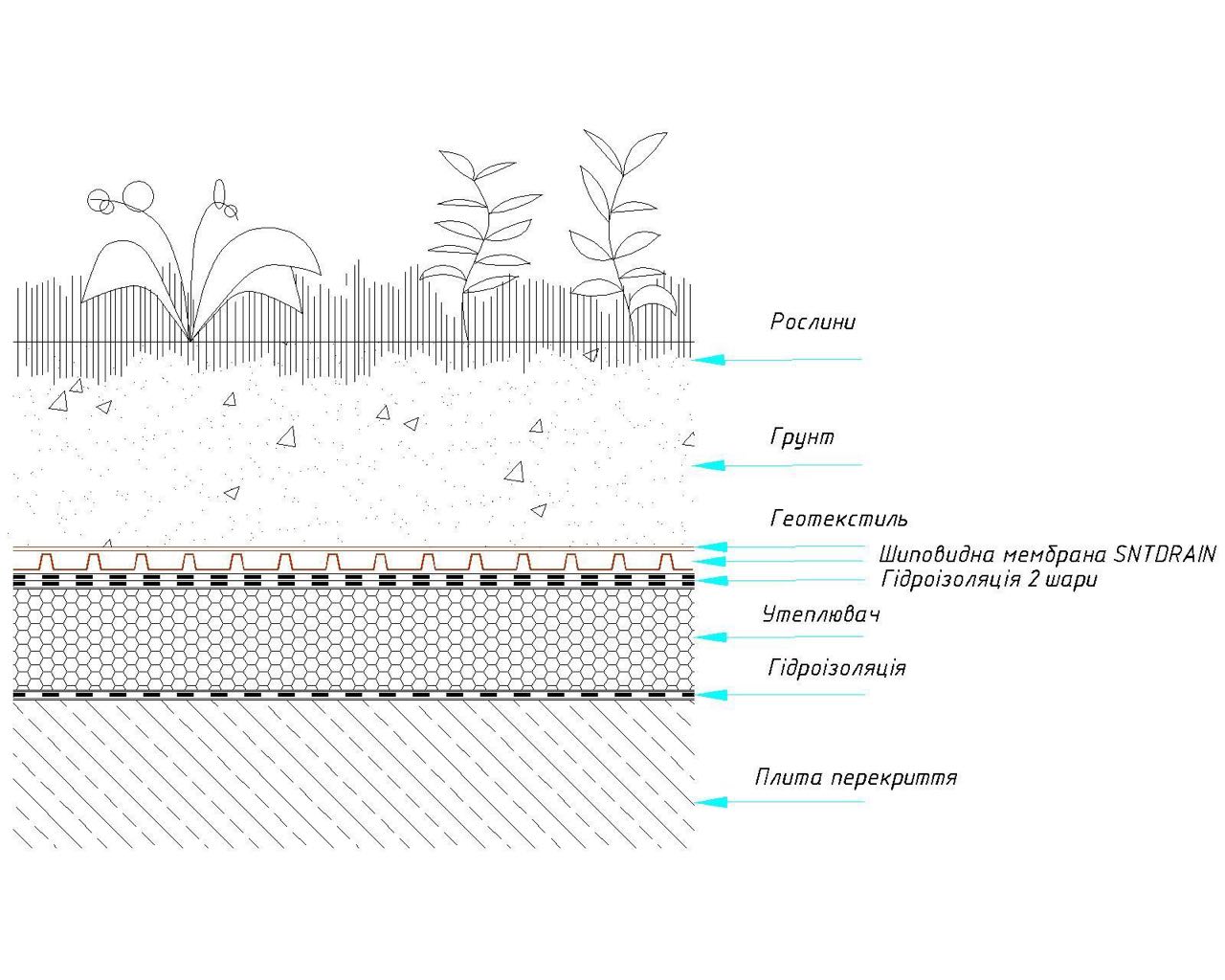
When analyzing PMR and IRMA (including terraces and green roofs), which have been in operation for 10 years or more, we came to the conclusion that the insulation layer is waterlogged if it is not drained from above and below. All that is required for drainage is a small gap (about 3 mm) formed by the materials of the drainage layer – geotextile, a spiked membrane and a good slope of expanded clay gravel (at least 6 mm by 300 mm) for draining water. The membrane must be sufficiently strong and protected in places of bends (parapets, curbs). The only type of thermal insulation that can be used in such structures is extruded polystyrene foam. By applying one or more layers of geotextile, you can achieve maximum moisture absorption. The surface area of the roof directly affects the absorption of water. All other types of insulation get too wet and retain too much water.
How to turn PMR or IRMA into a green roof? Add the bottom barrier, ground vegetation (soil) and vegetation (grass). Make sure that drainage is provided from above - heat-bonded geotextile and needle-punched insulation layer geotextile from below






